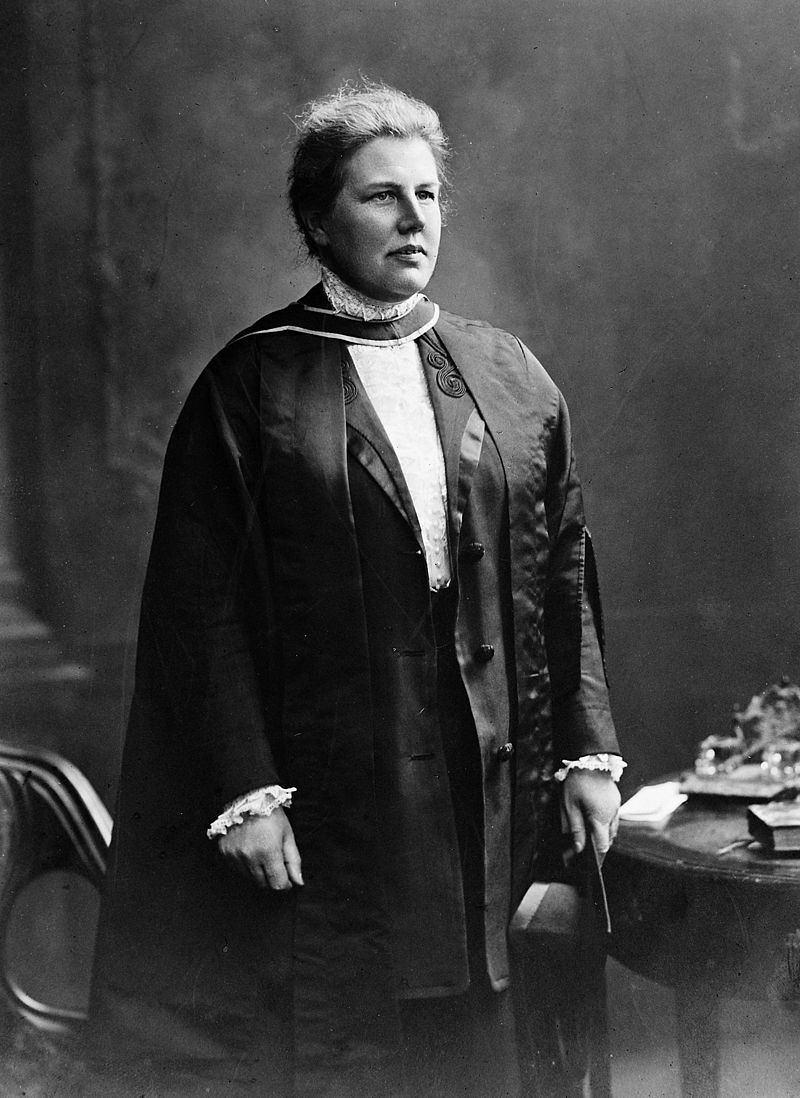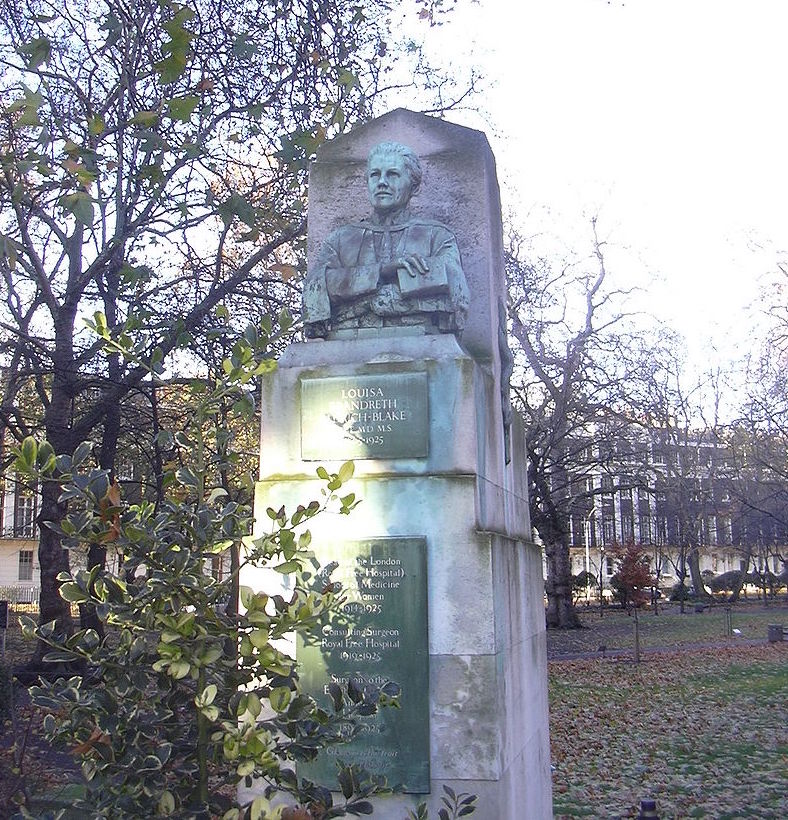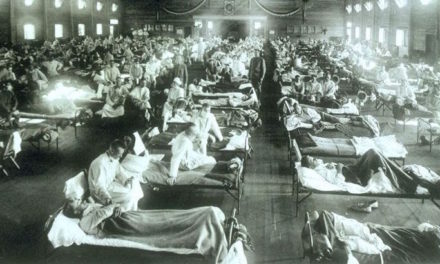In 1540, Henry VIII declared that “No carpenter, smith, weaver, or woman shall practice surgery.” Fortunately, things have changed quite considerably in the past 480 years, and there are now countless incredible women around the world working as surgeons. Female role models in surgery now abound, and in 2014 Dame Clare Lucy Marx became the first female President of the Royal College of Surgeons of England.
Inequality in surgery, sadly, still exists today, but in the late 1890s things were almost incomprehensibly worse, and the achievements of Dame Louisa Aldrich-Blake in the field of surgery were extraordinary to say the very least. She was one of the first British women to enter the world of modern medicine and was the first British woman to enter the field of surgery. Her trailblazing efforts at a time when surgery was an entirely male-dominated profession were astonishing, and she paved the way for the generations of female surgeons who would follow.
Early life and education
Dame Louisa Aldrich-Blake was born in Chingford, Essex on 15th August 1865. She was the eldest daughter and the second of six children of the Revd Frederick James Aldrich-Blake (formerly Aldrich), and his wife, Louisa Blake Morrison. During her childhood, she moved with her family to Welsh Bicknor on Hertfordshire, and she maintained a home in the town until her death.
She began her school education at Cheltenham Ladies’ College, and at the age of 22, she enrolled in the London School of Medicine for Women intending to do “something useful.” She went on to earn a gold medal for surgery in 1893 and graduated with first-class honours in 1894. A year later, she became the first British woman to obtain the degree of Master of Surgery.
Career and academia
Shortly after qualifying, she began working at the New Hospital for Women and Children in London, which was staffed exclusively by women. While working there, she would go on to become the lead surgeon while also working at its associated teaching hospital the Royal Free. It is the Royal Free that Louisa Aldrich-Blake is most famously associated with, and she was appointed to a range of pioneering positions there including becoming their first female anaesthetist and was the first woman to become a surgical registrar there. She would also eventually go on to become the dean of the Royal Free Hospital.
She also had an impressive academic career. In 1903, she published a famous article in the British Medical Journal discussing a new and innovative procedure for removing cancerous growths from the rectum. She would go on to become the first surgeon to perform operations for cervical and rectal cancers.

A photograph of Dame Louisa Aldrich-Blake by Lafayette Ltd. Iconographic Collections, image sourced from Wikipedia
Courtesy of The Wellcome Trust
World War I
When the Great War broke out in 1914, Louisa Aldrich-Blake decided that she wanted to contribute her impressive surgical skills to the war effort. She spent her holidays during the war working with the Anglo-French Red Cross and led a group of women who established a hospital at Château Tourlaville near Cherbourg, France. Her patients affectionately referred to her as “Madame Générale”.
She received intense criticism from some who questioned whether women belonged in military hospitals, but unperturbed she defiantly wrote to every woman on the medical register, encouraging them to volunteer, and managed to recruit 80 female doctors to work in hospitals in Malta, Egypt and Greece. Her actions inspired many young women to enrol in medical school. Throughout this time, she somehow also worked double duties at the Royal Free.
Later life and death
In 1925 she was named a Dame of the British Empire, and a statue was erected in her honour in Tavistock Square near the headquarters of the British Medical Association.

The Louisa Aldrich-Blake memorial in Tavistock Square, London
In the same year, she was also diagnosed with cancer and underwent several operations. Sadly, these were unsuccessful, and she passed away on the 28th December 1925, aged 60 years old. St. Pancras Church, in London, celebrated her life on the 1st January 1926 and her ashes were transferred back to her home in Welsh Bicknor.
The legacy of Louisa Aldrich-Blake
Louisa Aldrich-Blake’s pioneering work changed the views of many of her male colleagues and inspired generations of female doctors who followed in her footsteps. Things remain far from perfect, however, and there are still serious problems with reports of discrimination against women in this highly competitive field. Only 30% of surgical trainees in the United Kingdom are female, and less than 15% of Surgical Consultants are women. From a personal perspective, many of the finest doctors I have worked with, both surgical and non-surgical, have been women and I hope that this situation continues to improve and full equality in Medicine is achieved in the not too distant future.







Louisa Aldrich-Blake’s courage and achievements in medicine are truly inspiring. She broke down barriers for women and paved the way for future female doctors. We appreciate her determination and vision, which continue to inspire us today. Thank you, Louisa Aldrich-Blake, for making a difference and showing us what’s possible.